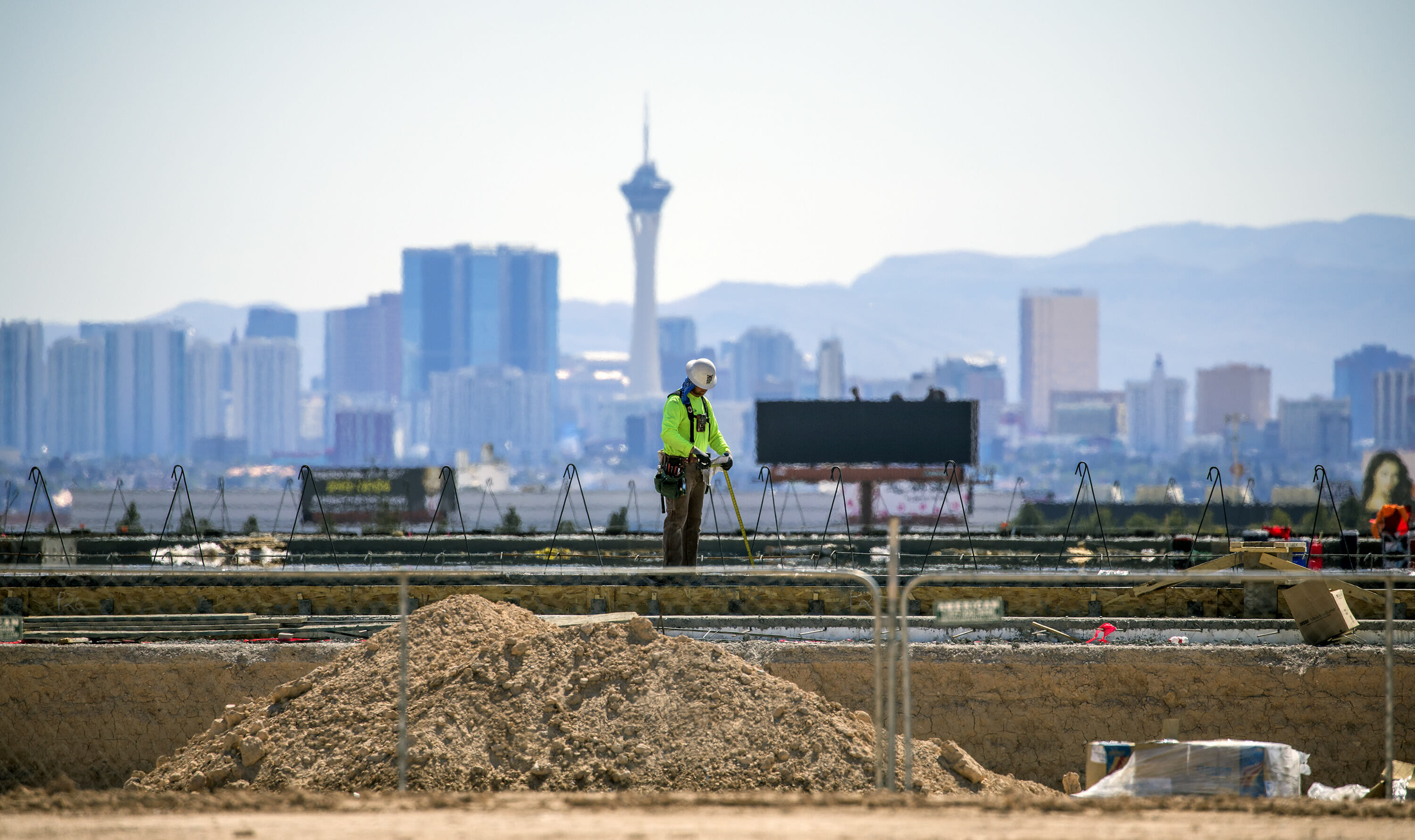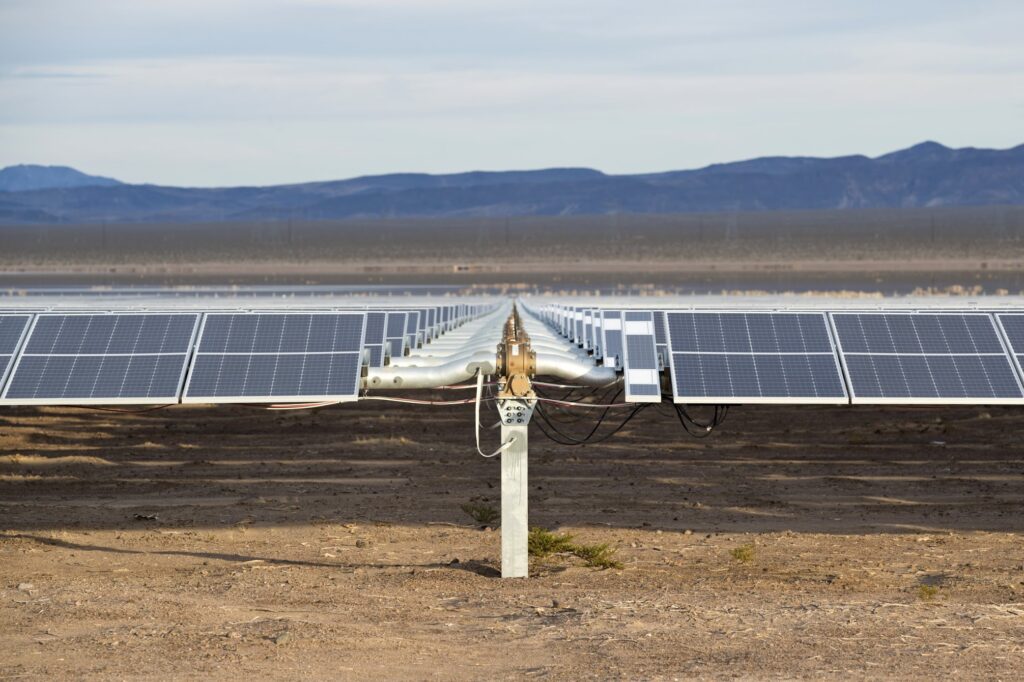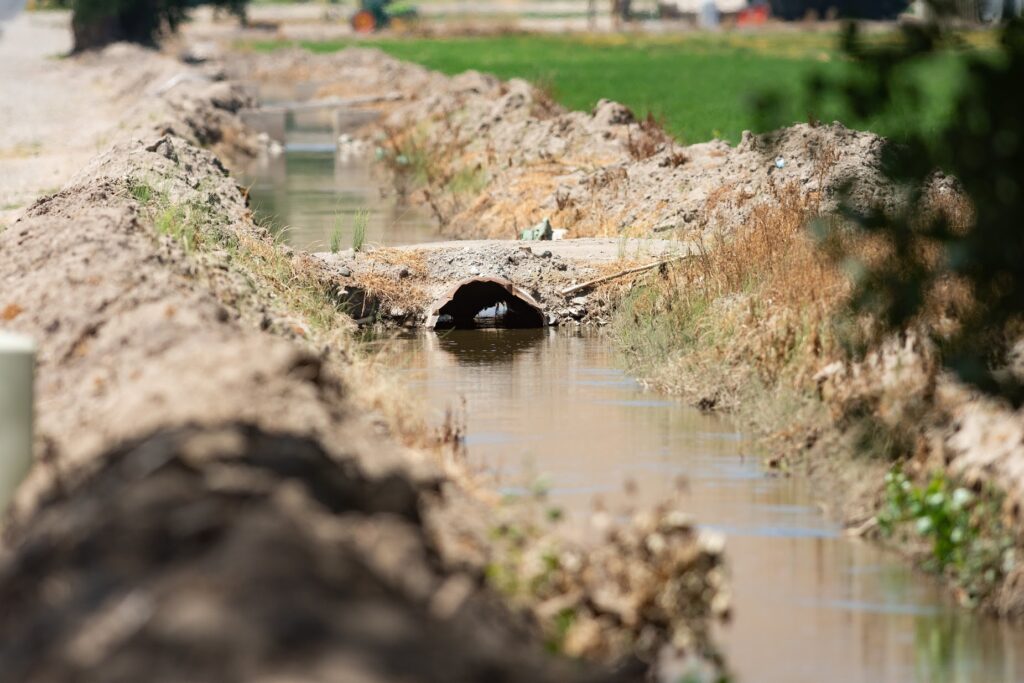Labor regulators move to address extreme heat as researchers see increasing risk

Good morning, and welcome to the Indy Environment newsletter.
As always, we want to hear from readers. Let us know what you’re seeing on the ground and how policies are affecting you. Email me with any tips or suggestions at [email protected].
To get this newsletter in your inbox, subscribe here.
Extreme heat poses extreme risks, especially for outdoor workers.
By combing through years of data, researchers are beginning to understand how these manifest and which workers are most at risk from heat-related stress or illness. At the same time, federal and state labor regulators are working to address the issue with triple-digit heat in the forecast.
Starting this summer, Nevada labor regulators expect to have greater enforcement authority when it comes to protecting workers from overexposure to heat on sweltering days.
In most states and federally, there are no specific standards that address heat exposure on the job. But for the first time this year, the Occupational Safety and Health Administration (OSHA) is putting emphasis on protecting workers from heat-related illness.
Earlier this year, OSHA announced a nationwide program that gives regulators the authority to inspect workplaces where there could be hazardous conditions. In other words, as OSHA laid out in a fact sheet, the program “means that OSHA can now launch heat-related inspections on high-risk worksites before workers suffer preventable injuries, illnesses, or fatalities.”
The program also aims to encourage proactive measures, such as making sure workers have access to shade or plans to help new employees acclimate to working outside on hot days.
Nevada, which runs its own federal-approved OSHA program, is adopting a similar heat emphasis program effective June 15. On priority days — where temperatures hit at least 90 degrees Fahrenheit — Nevada OSHA plans to conduct site inspections for high-risk industries, investigate heat-related complaints and help businesses take proactive steps to protect workers.
“This is really basically saying that there's going to be some proactive enforcement,” Victoria Carreon, who directs the state’s Division of Industrial Relations, said in an interview last week.
Although the federal program identifies 80 degrees as the benchmark temperature to trigger a priority day, the state program adopted a 90 degree standard, given Nevada’s lack of humidity.
Heat remains an emerging issue that state and federal regulators are working to tackle.
Across the Southwest, meteorologists have continued to record temperature increases that scientists have attributed to human-caused climate change. In cities like Las Vegas and Reno, development and the use of energy-absorbing materials, such as asphalt, have amplified the warming trend, a phenomenon known as the urban heat-island effect.
Last year, Nevada OSHA reported two heat-related fatalities. Officials have also documented an average of 133 heat stress complaints between 2016 and 2021, a rate of more than one complaint for every three days in the calendar year. In 2021 alone, Nevada OSHA fielded 202 heat stress complaints, the majority of which (159 complaints) were in Southern Nevada.
In a paper last month, experts from the Desert Research Institute, Guinn Center and Nevada State College found that as temperatures have risen, so too have work-related heat illness in three Southwest cities — Las Vegas, Los Angeles and Phoenix — between 2011 and 2018. The study also analyzed the demographic profiles of workers who faced heat stress or heat illness.
The study supports other research that has found that heat can have disproportionate impacts across the population. Heat does not affect everyone the same, and it’s true at the workplace.
Erick Bandala, an assistant research professor at the Desert Research Institute and the paper’s lead author, said Hispanic and Latino workers by far make up “the ethnicity with the highest number of people being affected, even though they represent a minority of the population.”
“This type of environmental injustice is another issue we need to consider,” he said.
Bandala said the perception of risk can weigh heavily on how exposed workers are. The study found that workers with more experience were often the ones who faced heat illness, something that surprised Bandala, who said this might have to do with how they perceive risk over time.
“We all are aware that tornados or hurricanes or thunderstorms or flooding are things you need to be concerned about,” he said. “When the warning comes, you may be at risk. But when you hear about a heat wave coming, how many of us really believe we are or may be at risk?"
Even as it becomes an increasingly pressing issue with continued warming, studying the effects of extreme heat on workers can be challenging. Bandala said there is a need for more uniform data collection. It is also likely that workplace heat stress is often underreported.
Nancy Brune, a co-author of the paper and a senior fellow at the Guinn Center, a nonpartisan public policy think tank, said in a press release that the study is another data point that should spur regulators to take action. “This study underscores the importance of and the need for the work the Nevada [OSHA] is doing to adopt a regulation to address heat illness,” Brune said.
Despite the new nationwide heat emphasis program, labor officials are still limited in their ability to regulate heat at work. The heat emphasis program was crafted under what is known as the “general duty clause,” a labor standard requiring employers to maintain a workplace "free from recognized hazards that are causing or are likely to cause death or serious physical harm."
Several states, including California, Minnesota, Oregon and Washington, have adopted specific rules aimed at preventing heat illness in the workplace. Nevada remains in the process of adopting its own heat illness regulation, as does the federal Department of Labor.
The effort to craft a Nevada-specific heat standard began in 2020, and the proposed regulation has been revised several times with comments from businesses. Having a specific rule in place, Carreon argued, remains important because it will provide more clarity for businesses seeking to provide a safe workplace and regulators charged with enforcement. For the rule to go into effect, it must be approved by the Legislative Commission, a panel of a dozen state lawmakers.
Because of Nevada’s climate and temperature increases expected in the coming years, Carreon said extreme heat is at the forefront of the issues that Nevada OSHA is working on addressing.
“It’s definitely on the top of our priority list,” she said.
The Nevada Independent is continuing to report on extreme heat as part of our environmental coverage. Do you have a story about working in extreme heat or experiencing heat stress? We would like to hear about your experience. Please share your story in the form below.

Here’s what else we're watching this week:
During a press conference in Las Vegas on Tuesday, U.S. Interior Secretary Deb Haaland announced lower fees and improvements in processing permits for renewable projects on public land. Our reporter, Naoka Foreman, covered the event and has this report:
Haaland says her agency, charged with managing federal public land, will reduce rents and fees for wind and solar projects. The agency also plans to create renewable energy coordination offices to help speed up processing applications for wind, solar and geothermal projects.
Haaland held the press conference inside an NV Energy office in Las Vegas on Tuesday to announce the two steps the White House is taking to address climate change. Rep. Steven Horsford (D-NV) and Sen. Catherine Cortez Masto (D-NV) were also in attendance.
“There is an urgent need to make bold investments as we seek to decarbonize the economy and protect our communities,” Haaland said.
The five new renewable energy coordination offices will be created within the federal Bureau of Land Management, which manages about 67 percent of the land in Nevada.
Haaland said federal officials are coordinating with local and state elected officials, Native American tribes and conservation groups to modernize America’s power infrastructure.
“The technological advances, increased interest, cost-effectiveness and tremendous economic potential make these projects a promising path for diversifying our energy portfolio while at the same time combating climate change and investing in our local communities,” she said.
Haaland also lauded Nevada as a leader in renewable energy development nationally. At the event, Cortez Masto said she introduced legislation, which passed in 2020, to extend a range of tax incentives for solar, wind and geothermal energy development and other renewable energy technologies that would create new jobs, lower costs for consumers and help reduce emissions.
During the press conference, Cortez Masto noted that the bipartisan infrastructure law, passed late last year, makes $16 million in investments toward renewable energy in Nevada.
“This is about lowering costs for families as well,” Cortez Masto said. “The focus here is ensuring that not only are we energy independent, we are protecting the future for our kids, our families — around clean energy — but we're lowering costs for families as well.”
— Naoka Foreman

All things Nevada water: Several key water officials and water districts across the state, from the Southern Nevada Water Authority to the Truckee-Carson Irrigation District, presented to the Interim Subcommittee on Public Lands last week. Here’s a recording of the meeting. For those who follow Nevada water closely, the presentations were fascinating and highlight major issues, especially around efforts to manage surface water and groundwater as a connected resource.
Where do Western cities get their water? And why do they still have it in a drought? The Associated Press’ Suman Naishadham published an excellent explainer on where several major Southwest cities, including Las Vegas, Los Angeles and San Diego, get their water.
- Water in the Colorado River is being transferred from upstream reservoirs to keep Lake Powell from dropping below critical levels. But a certain portion of water could be lost along the way. The Colorado Sun’s Chris Outcalt looked at how water managers are tracking the transfer of water as it makes its way to Lake Powell — and how some water is lost to evaporation or other natural processes, such as water seeping into the ground.
- The drought is causing officials to look at the grid in a different light, E&E News’ Jason Plautz reports. “Utilities and grid operators say they have this summer’s energy needs covered, despite the low snowpack. But the drought has forced them to reconsider hydropower’s long-term role as a steady backstop resource, as well as grapple with a lack of water for coal and nuclear plants, and the heat impact on the grid.”
The Las Vegas Sun’s Jessica Hill reports on the Fallon Paiute-Shoshone Tribe’s efforts to protect its water, culture and ancestral homelands in an area of Nevada where federal public land is increasingly being looked at for military training and geothermal development.
Nearly one year after the devastating Dixie Fire tore through Northern California, one town is looking toward the future. The Los Angeles Times’ Alex Wigglesworth reports on a coalition that is working to rebuild a community in Greenville, California, a town devastated by last year’s Dixie Fire. The devastating blaze burned nearly 1 million acres northwest of Reno.

